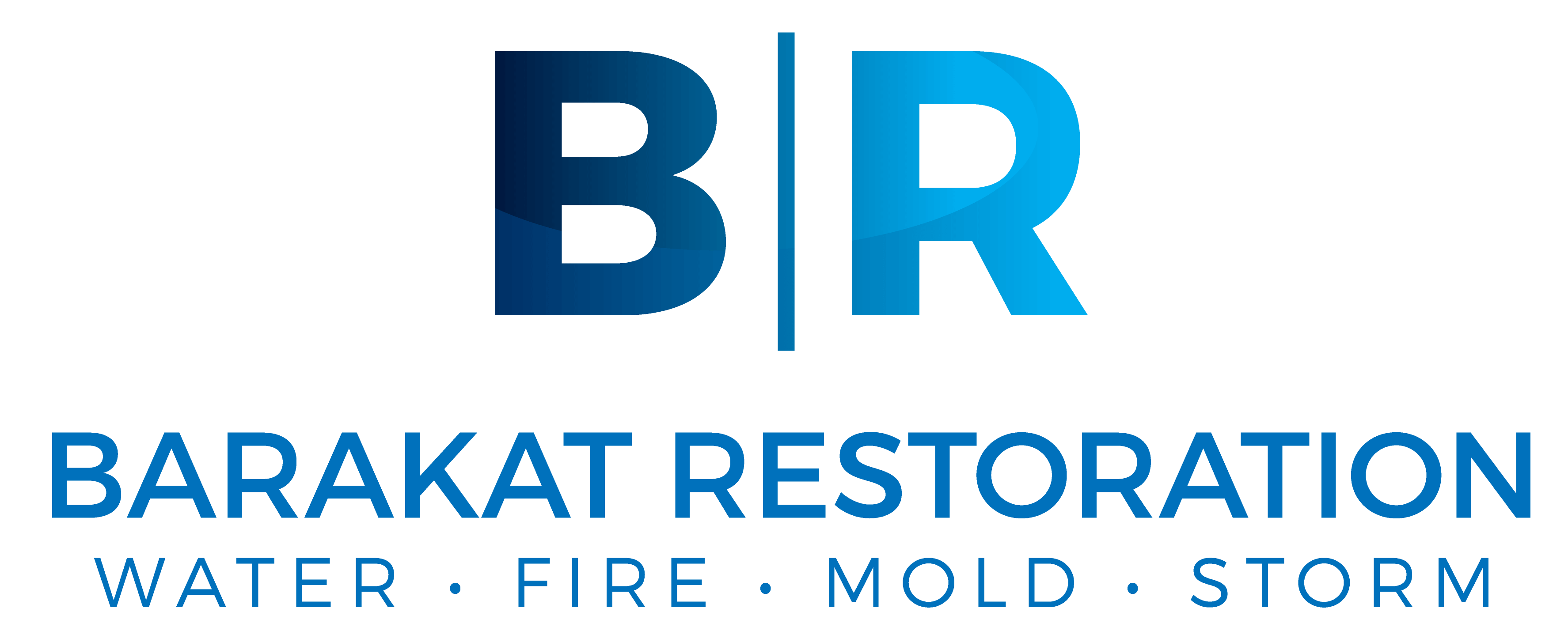
Water Mitigation vs Water Restoration: What is the Difference?
Every day in the United States of America, 14,000 Americans have to deal with a water damage emergency. Unfortunately, each of those emergencies costs an average of over $10,000 to resolve.
With water damage being such a common part of life, it’s important that we all know a little about it. A responsible homeowner needs to understand the differences between water mitigation and water restoration.
With this guide, you can learn some essential facts about water damage in your home.
Prevention vs Cure
Once your home is affected by water damage, skilled professionals will focus first on trying to prevent the water from doing further damage. Every hour that goes by with water still sitting in your home, and even after you remove the water, your home suffers more damage.
A variety of tools and techniques allow professionals to halt the rise of damage. Once that’s done, they move on to repairing the damage that was inflicted before they could stop it.
The first part of that process, halting further damage, is called water mitigation. The second part of the process, repairing the damage already done, is called water restoration. Thus, the difference between water mitigation and water restoration comes down to prevention vs cure.
Basics of Water Mitigation
One of the first things a water mitigation expert will do is remove any parts of your damaged home that can be removed. This includes obvious things like furniture, but it can include your flooring and damaged drywall as well.
There’s always some risk that the water had damaged the deeper structure of the house, including the foundation or load-bearing pillars. These will all need to be expertly examined to ensure that your problem is limited to loss of property and does not include a risk to your safety.
Much of your damaged home could be salvageable. In many cases, special equipment allows contractors to dry out furniture and other materials.
While your home is being prepared for repairs, it might be temporarily exposed to the elements. There could be windows without panes or missing sections of the walls. This makes it necessary to set up temporary barriers to maintain the home free from outside environmental influence.
Basics of Water Restoration
If you’re lucky, your home will not have sustained any deep structural damage. If it has, then this will need to be the first thing addressed. Your roof, foundation, pillars, or walls may need to be repaired or replaced.
Mold damage is extremely common in homes with water damage. A quality professional will carefully remove it rather than cover it up with new flooring or wallpaper. Only after will they paper or carpet the walls and floors.
After that’s done, they can return the salvaged furniture to the home. Finally, the workers can test the whole structure to ensure that it is essentially airtight and keeps moisture out.
Keep Your Home in Top Condition
We hope you learned something helpful about the differences in water mitigation vs water restoration in this brief article. To learn more about water restoration and mitigation services contact us today.
